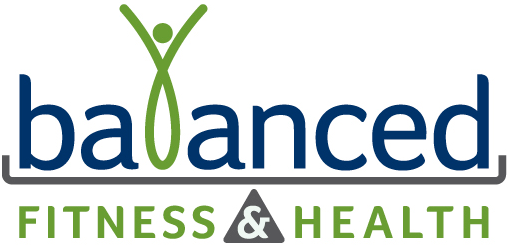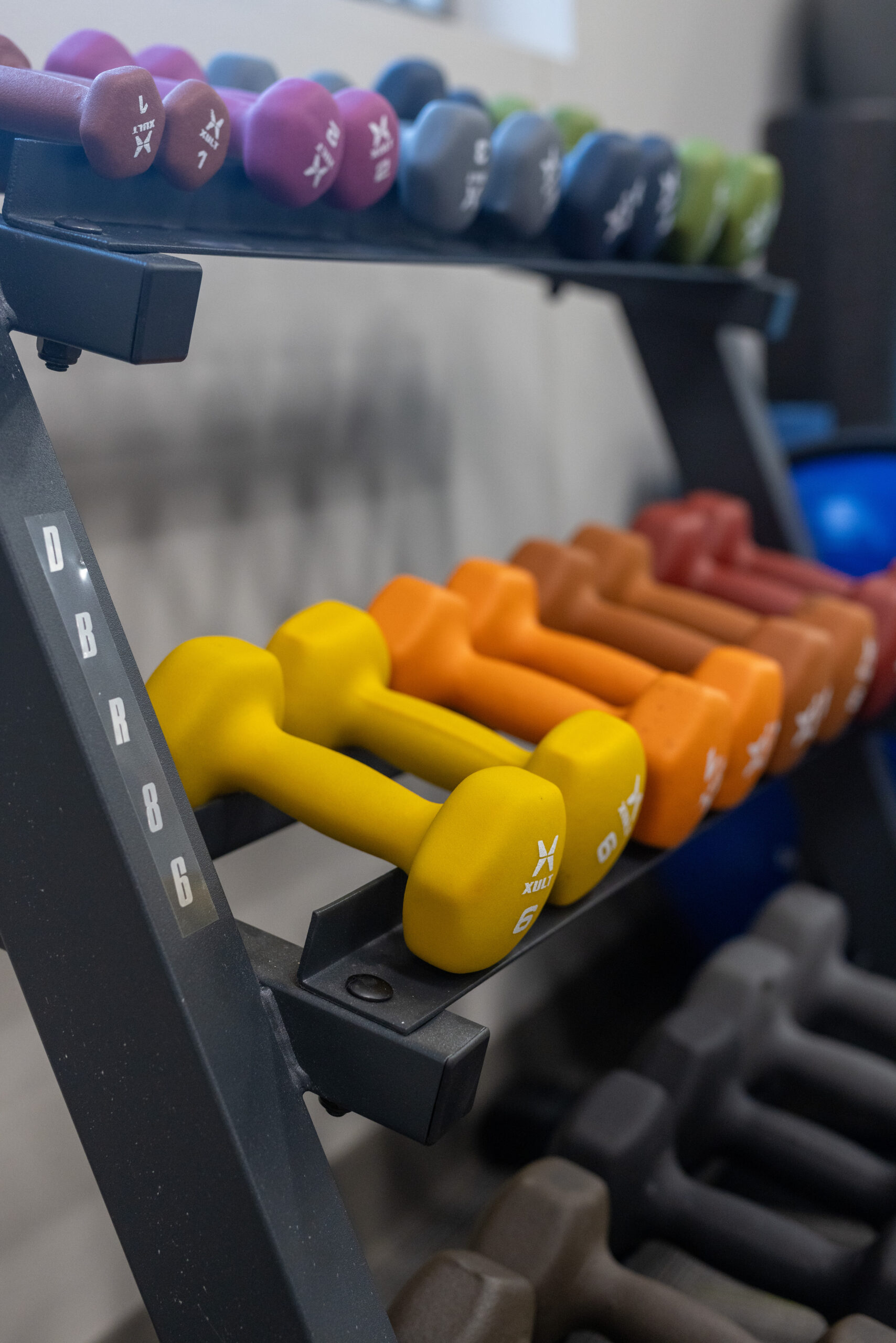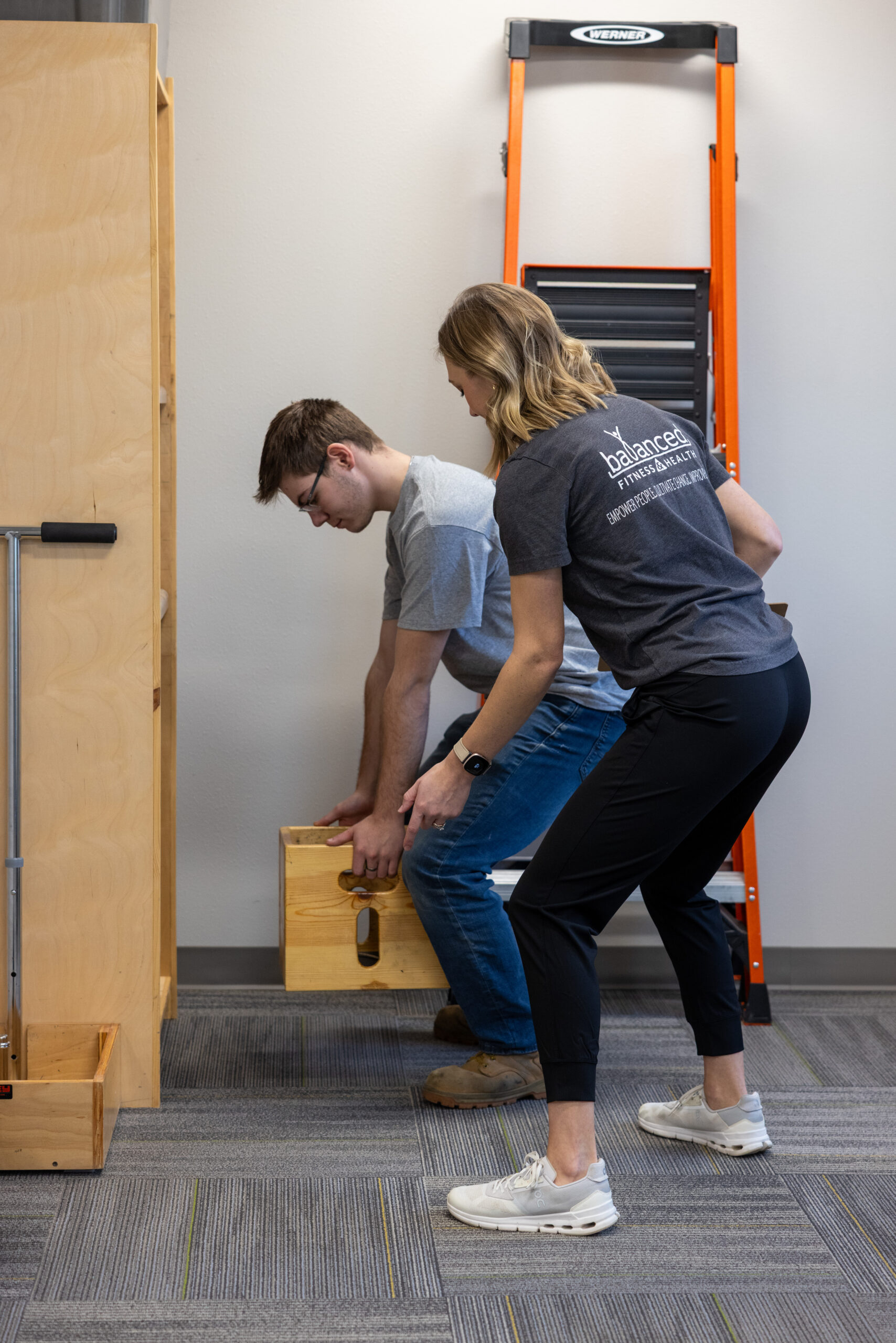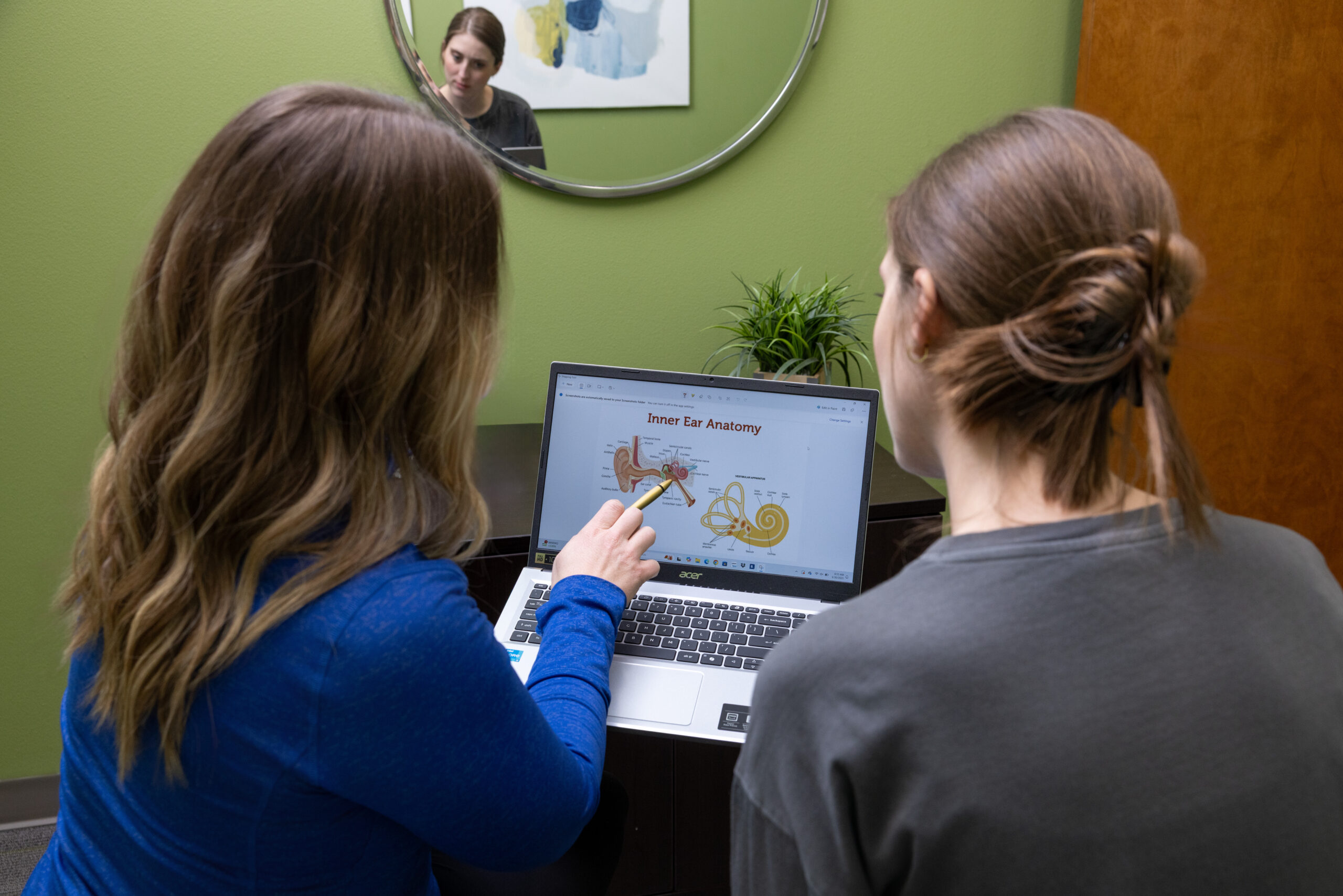Do You Actually Know How to Stand?
Sounds like a silly question, right? Most people would quickly answer, “Of course I know how to stand!” But here’s something you may not have considered: while there may not be a single right or wrong way to stand, there is a way to stand that puts the least strain on your body.
Everyone’s body is different, so optimal posture can vary slightly from person to person. That said, there are some general guidelines that can help you find a stance that supports your body better—and reduces discomfort, especially in the lower back, hips, and feet.
Tips for Standing Smarter (and Feeling Better)
1. Stagger Your Stance
Instead of standing with your feet perfectly parallel, try staggering them—one foot slightly in front of the other. This distributes your weight more evenly and shifts the load to your legs, especially the front one. It’s a simple way to relieve pressure on your lower back. This stance also creates a more stable base, which is especially helpful when lifting or reaching.
2. Slightly Bend Your Knees
Locking your knees might seem like a way to “stand up straight,” but it actually transfers stress to your lower back. By keeping a soft bend in your knees, you engage your larger leg and glute muscles, reducing reliance on the smaller, more fatigue-prone muscles in your back.
3. Prop One Foot Up
Ever noticed that low rail at the base of a bar counter? It’s there for a reason—to rest your feet and make standing more comfortable. Propping one foot up on a low surface (like a step, stool, or even a box) helps balance your pelvis and relieve back strain. Alternate which foot you prop throughout the day to give both sides a break.
4. Move Often
This might be the most important tip: don’t stay still for too long. Fidgeting isn’t a bad thing—it’s actually your body’s way of asking for movement. Shifting positions, stretching, or walking for a minute or two helps promote circulation, reduce stiffness, and keep your energy levels up.
Creating Healthier Standing Habits
Good posture habits don’t happen overnight. It takes time and consistency to retrain your body. Here are some ways to stay on track:
-
Set reminders on your phone or smartwatch
-
Use sticky notes in your workspace
-
Team up with a coworker to keep each other accountable
-
Reflect on how your body feels after making small changes
Once you get used to offsetting your feet, bending your knees, propping one foot, and moving regularly, you’ll likely notice less lower back pain, less foot fatigue, and more energy throughout your day.
Bottom Line: Small Shifts, Big Impact
Standing is something we all do without thinking—but doing it intentionally can make a real difference in how your body feels. Try these tips, build the habit, and notice how much better your day-to-day movement becomes.
Related Articles
Physical Therapy, Workplace Injury Prevention




